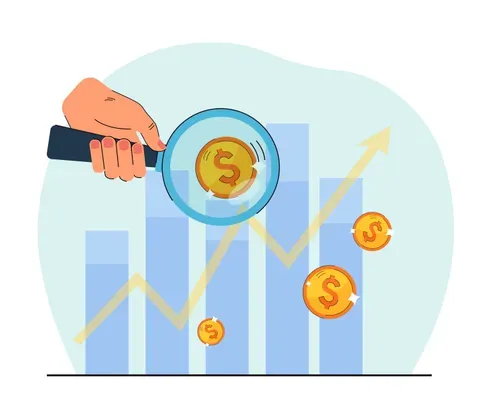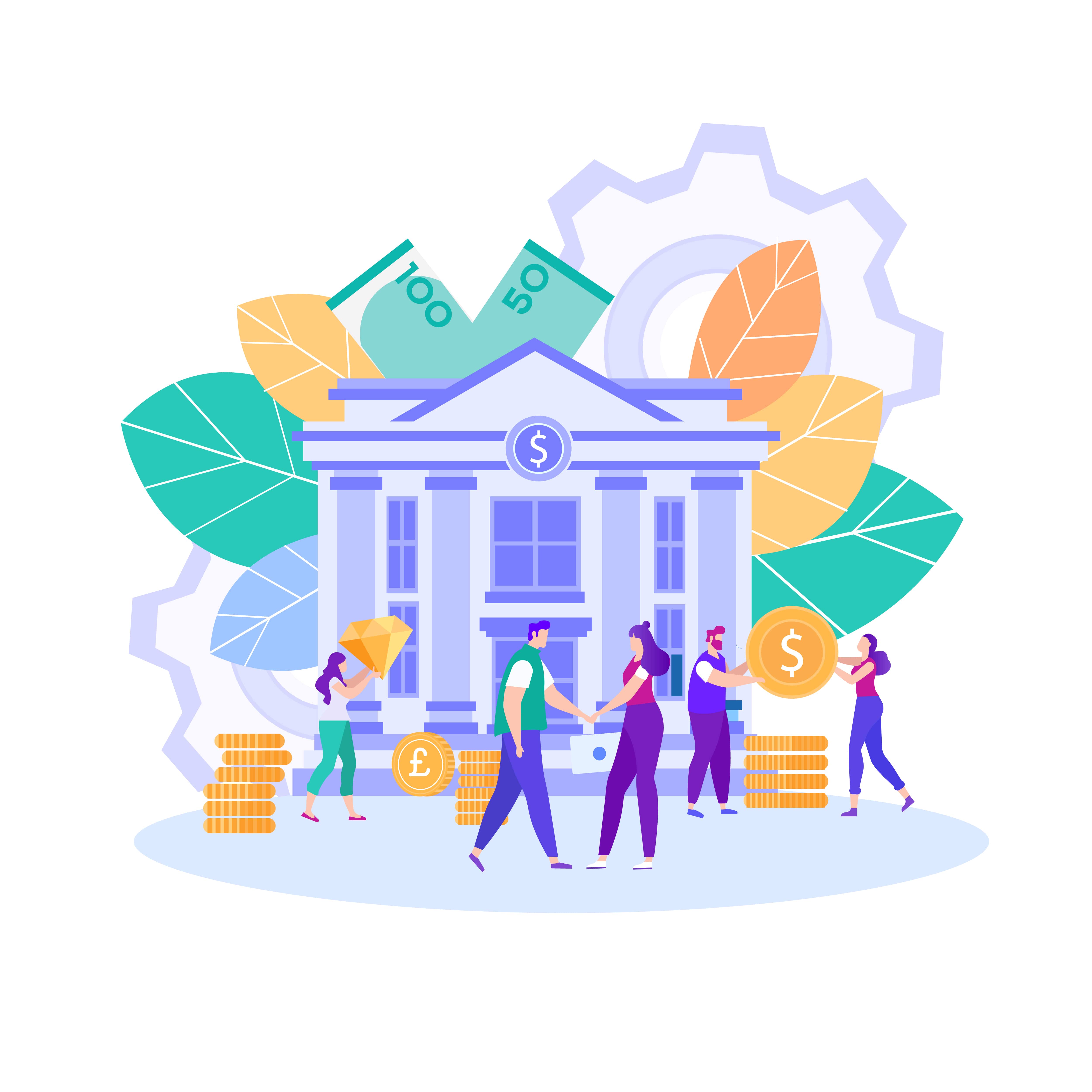Debt-Ceiling Crisis 2023: Averting Economic Catastrophe
On January 19, 2023, the United States reached its debt ceiling, initiating a tense political standoff that threatened the stability of the global economy. Treasury Secretary Janet Yellen immediately began implementing "extraordinary measures" to prevent a default, warning that these measures could be exhausted by June 5. With the federal government unable to issue new debt, the consequences of a default loomed large, including the cessation of payments to bondholders and a potential global economic meltdown.
 President Biden signing the Fiscal Responsibility Act into law on June 3, 2023. Source: The White House
President Biden signing the Fiscal Responsibility Act into law on June 3, 2023. Source: The White House
Throughout May, negotiations between President Joe Biden and House Speaker Kevin McCarthy intensified. Republicans demanded spending cuts to 2022 levels as a precondition for raising the debt ceiling, while Democrats insisted on a "clean bill." The impasse exemplified the increasing political polarization within Congress. On May 27, Biden and McCarthy struck a deal, resulting in the Fiscal Responsibility Act of 2023, which suspended the debt limit until January 2025 and capped federal spending. The bill passed the House on May 31 and the Senate on June 1, effectively ending the crisis.
The agreement's aftermath saw mixed reactions. While it prevented an immediate economic disaster, members of the House Freedom Caucus expressed dissatisfaction, believing the bill was not conservative enough. The crisis underscored the fragility of the U.S. political landscape and the broader implications for the global economy. As the federal government navigates future fiscal challenges, the lessons from the 2023 debt-ceiling crisis will remain pivotal in shaping economic policy and political strategy.
The resolution of this crisis highlights the critical role of the Federal Reserve in maintaining economic stability. As the central bank, the Fed's actions during the crisis were instrumental in preventing a financial catastrophe. The institution's ability to manage monetary policy effectively ensured that the U.S. economy remained resilient amidst political turmoil, reaffirming its significance in safeguarding economic stability.







